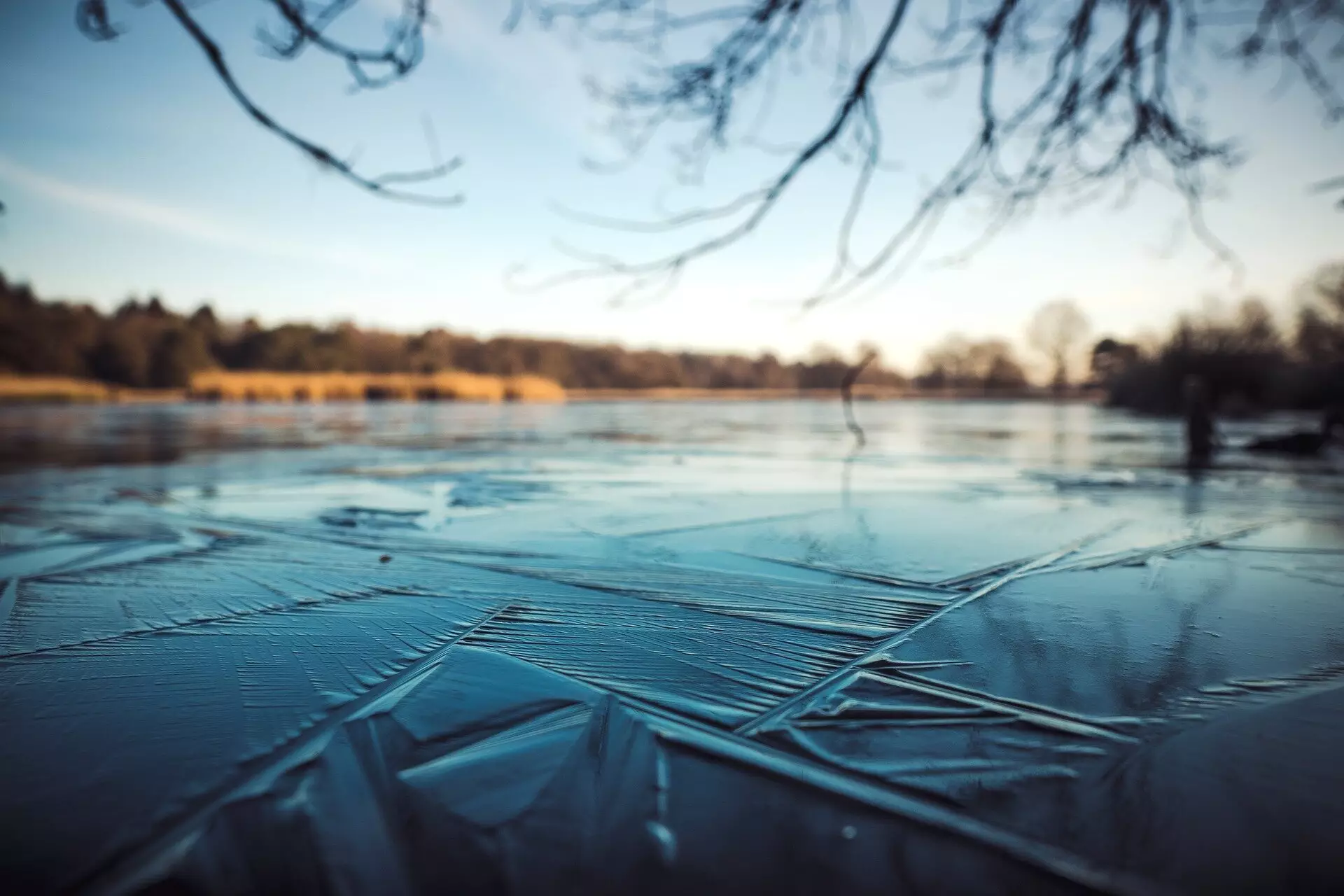Freshwater lakes are undergoing unprecedented changes due to climate change, and recent research reveals that these bodies of water are freezing for shorter durations than in the past. This trend poses significant threats not only to the ecosystems within these lakes but also to human communities that rely on them for various purposes. The findings, spearheaded by a renowned team of international researchers led by Stephanie Hampton from Carnegie Science, emphasize the urgent need to reevaluate how we study and understand winter ecosystems. Published in the journal *Science*, their comprehensive review highlights grave implications for human safety, biodiversity, and broader environmental systems.
The findings indicate a striking transformation in lake ice patterns over the past 25 years. The data suggest that ice on lakes is melting considerably earlier, sometimes extending up to a month more than historical records indicate. Hampton’s research underscores that the average duration of ice cover has decreased by over 31 days in the past 165 years. This alteration not only disrupts natural cycles but also threatens the livelihoods of countless communities that depend on lakes for drinking water, recreational activities, and transportation routes during winter.
Ecosystem stability and health hinge on the seasonal dynamics dictated by ice cover. The current trends show that many lakes are experiencing ice-free years, impacting not just the temperatures of the water but also the entire biological community that thrives within it. As warmer water temperatures commence, species adapted to colder ecosystems, such as certain fish and amphibians, face existential threats from invasive species better suited to the new conditions. This shift may result in reduced biodiversity, degrading the rich tapestry of life that freshwater ecosystems have historically supported.
In addition to shifting species populations, researchers reveal that changes in ice duration affect the biogeochemical processes within these lakes. The warming waters create conditions conducive to harmful algal blooms, particularly toxic cyanobacteria, which pose significant risks to aquatic life and human health. Such blooms also result in hypoxic conditions that can lead to the release of sequestered metals from sediments, ultimately impairing water quality. This deterioration not only threatens biodiversity but also raises urgent concerns for human health and safety.
The latest research also draws attention to the role that lake ice plays in the global carbon cycle. Ice cover serves as a critical barrier to carbon sequestration in lakes, and as this cover diminishes, we are likely to see increased emissions of potent greenhouse gases such as methane and nitrous oxide. These gases contribute to climate change, thus creating a feedback loop that exacerbates the problems associated with warming and ice loss. Furthermore, reduced ice cover and higher evaporation rates could diminish freshwater availability for communities situated near these lakes, leading to potential conflicts and crises as resources become scarcer.
A critical point emerged from the researchers’ discussion about the need for more wintertime ecological research. Historically, winter studies have posed unique challenges due to logistical difficulties and safety concerns, resulting in a significant knowledge gap in our understanding of lake ecosystems during this season. Hampton and her team argue that it is essential to invest in developing and refining research protocols for studying lakes in winter to grasp the full scope of risks posed by diminishing ice cover.
In light of their findings, a growing initiative aims at enhancing awareness and training future ecologists in safe and effective sampling techniques for iced-over lakes. Events like “winter school,” hosted by Hampton and her collaborators, demonstrate crucial steps towards empowering a new generation of researchers to study these ecosystems during the winter months.
The changes occurring in freshwater lakes are urgent and profound. With over a billion people living near these water bodies, the implications of shorter ice durations threaten cultural identities and lifestyles built around these natural resources. Hampton emphasizes the need for a multi-faceted investigation into how reduced ice cover affects various aspects of human and ecological health. By understanding the complexity of these interconnections, researchers can develop effective strategies to mitigate the adverse effects of climate change on our planet’s lakes.
Investing in deepening our understanding of the critical role that lake ice plays in both ecological health and human well-being is not merely a scientific pursuit; it is an urgent necessity for fostering resilience in the face of a warming world.


Leave a Reply